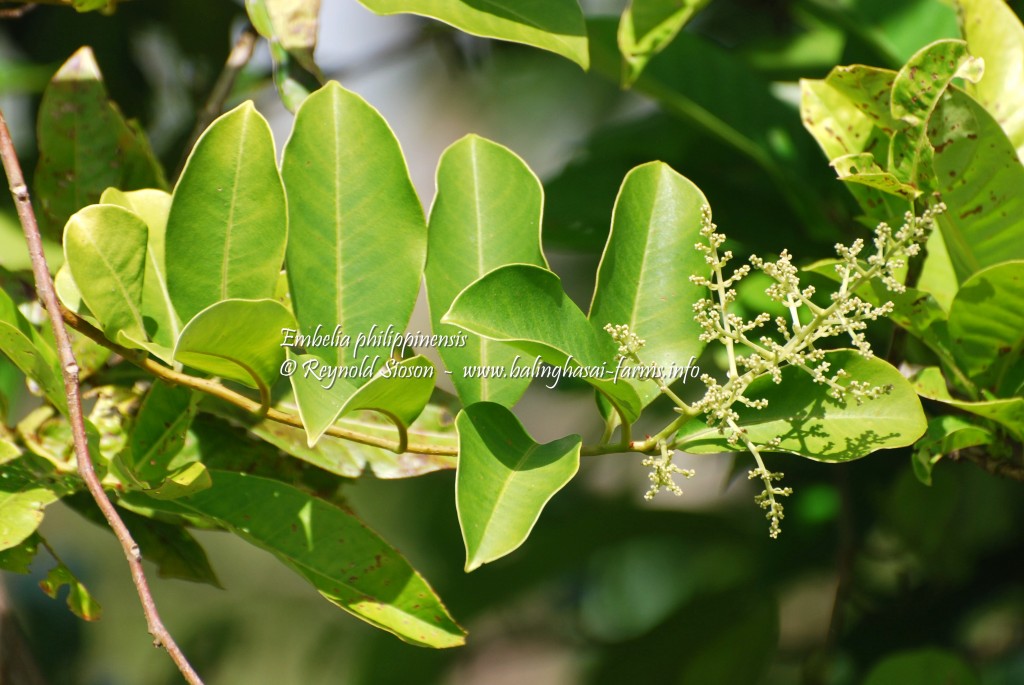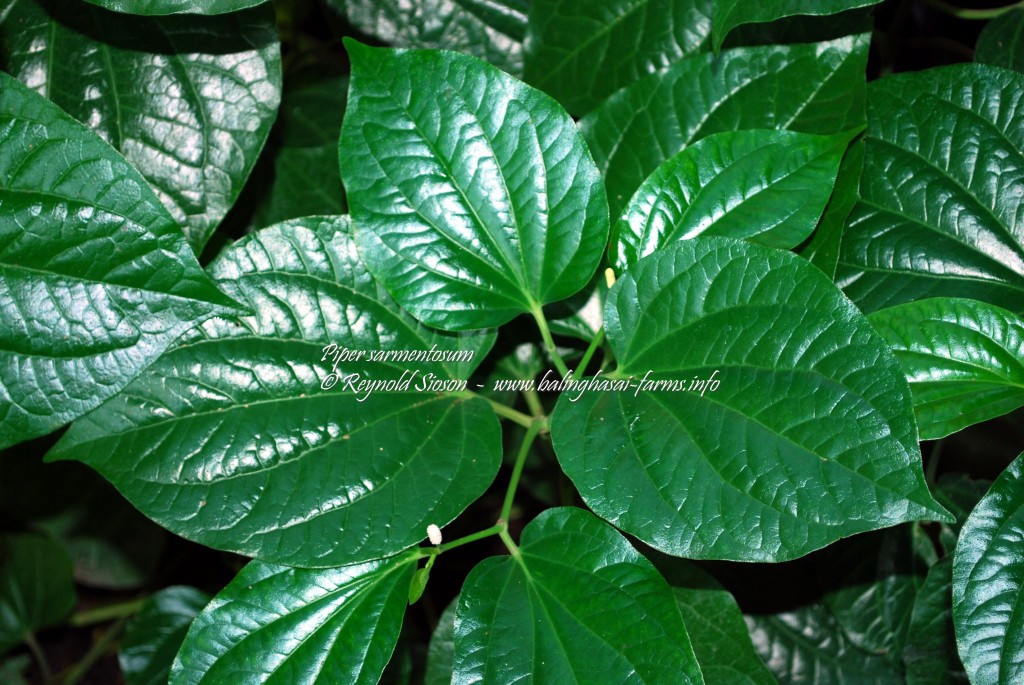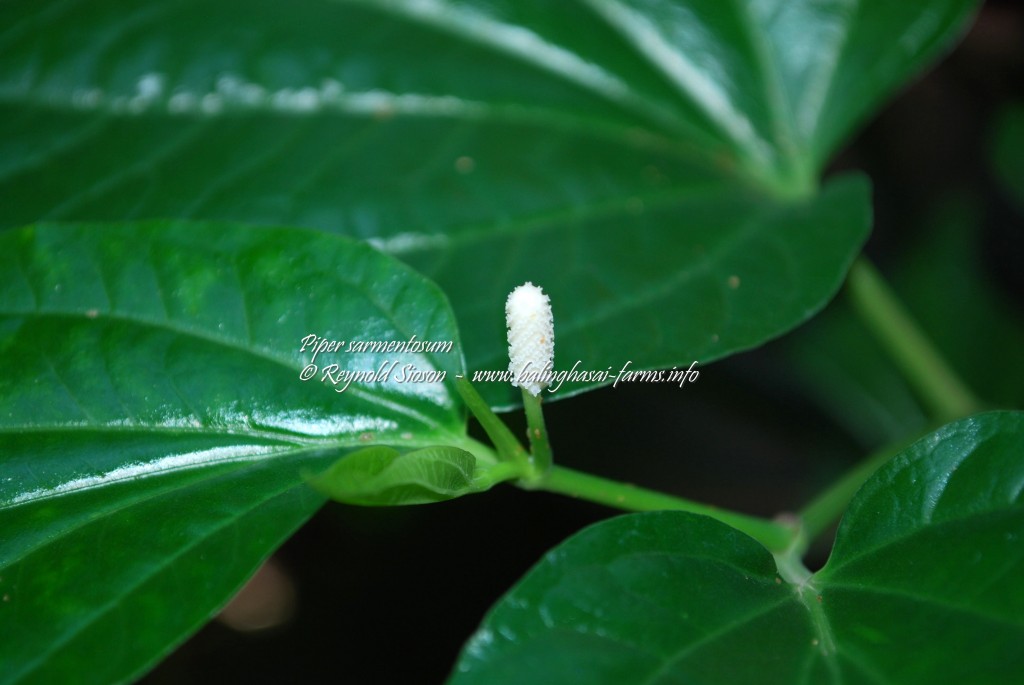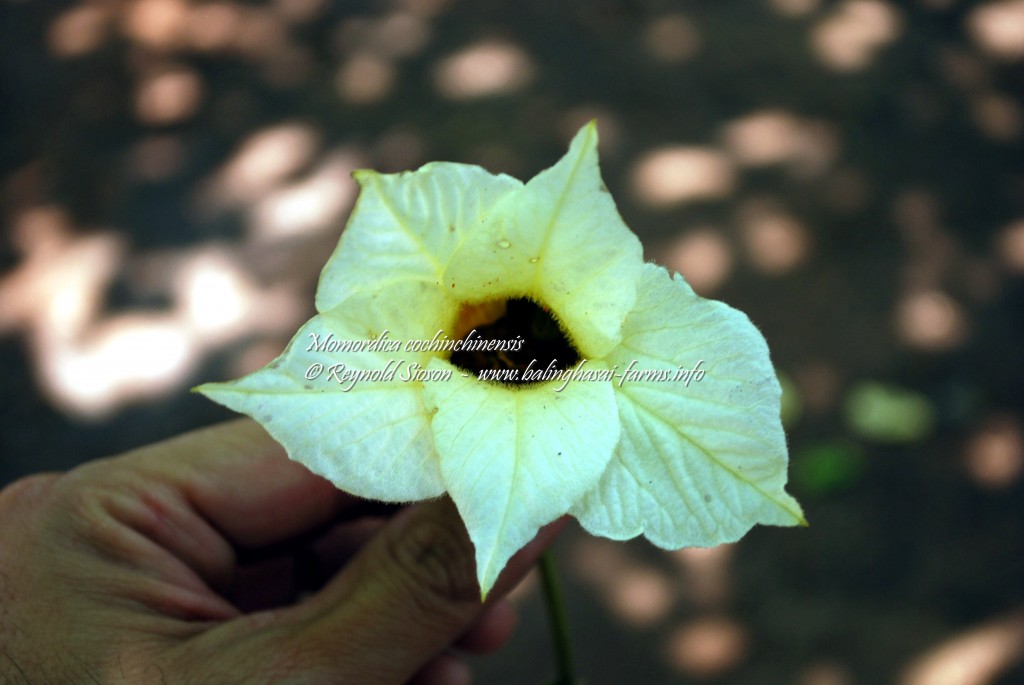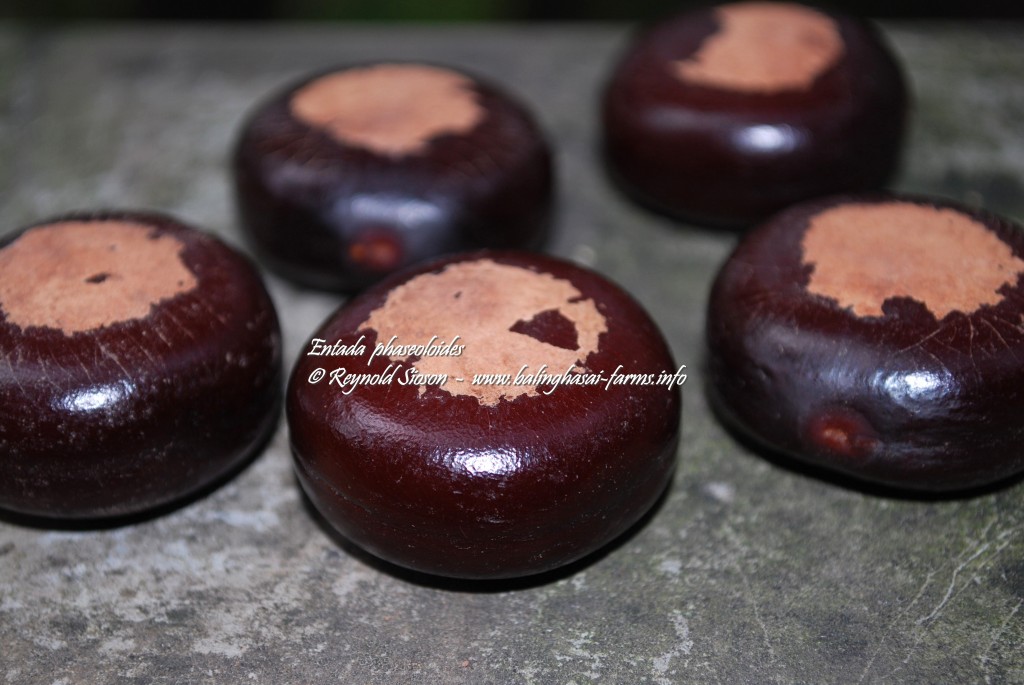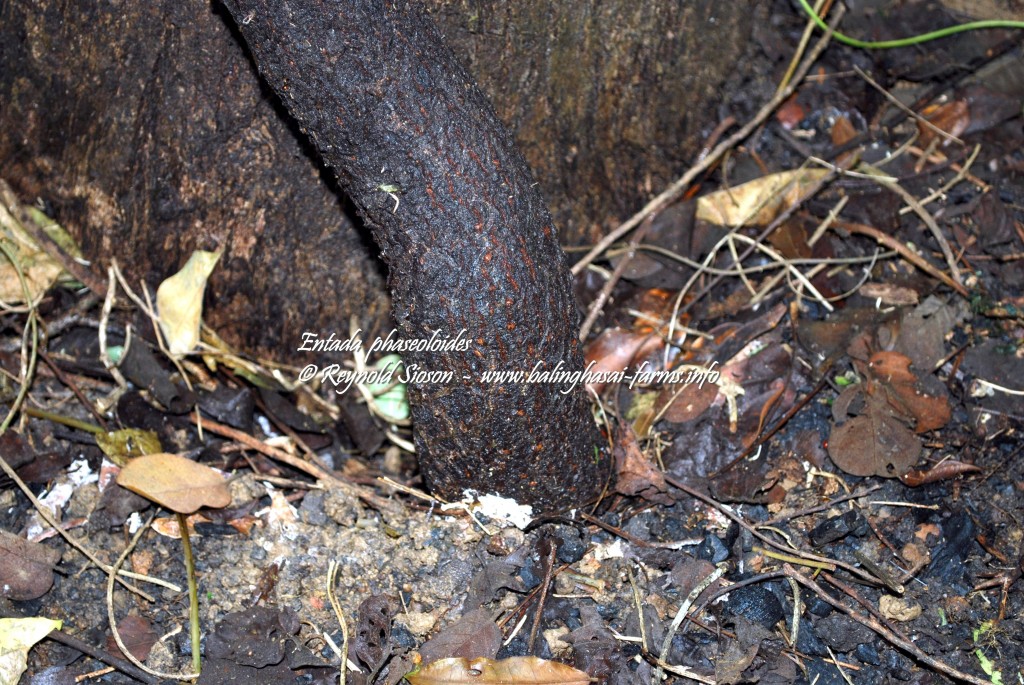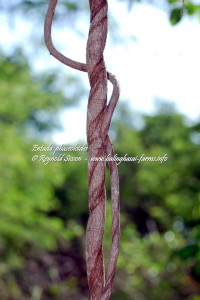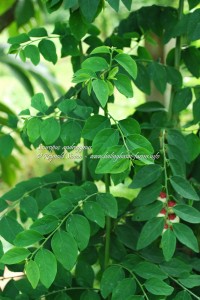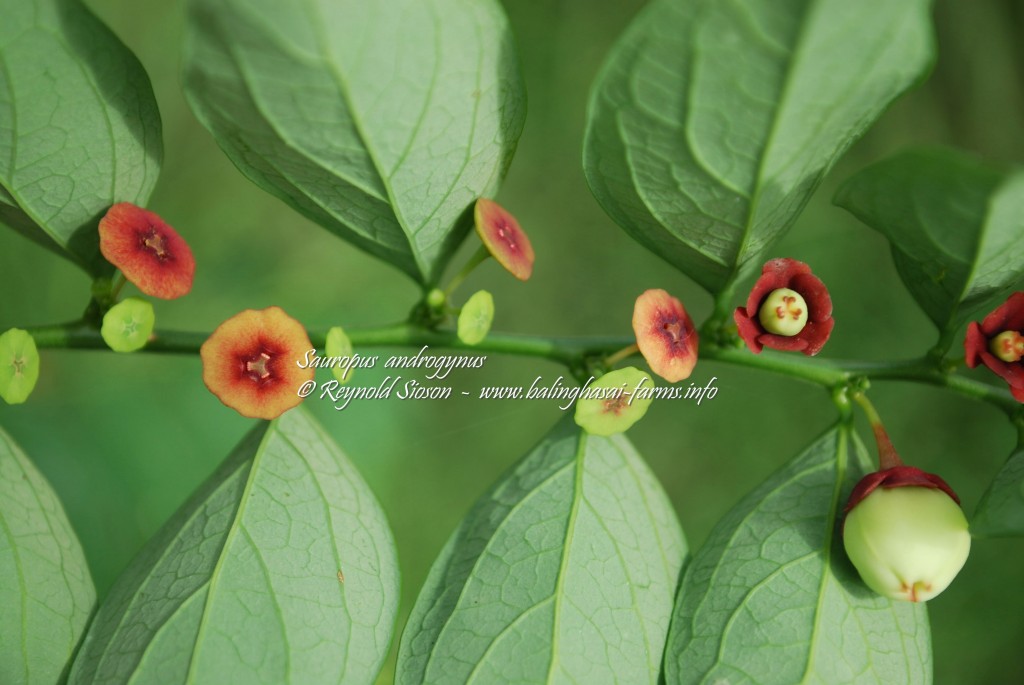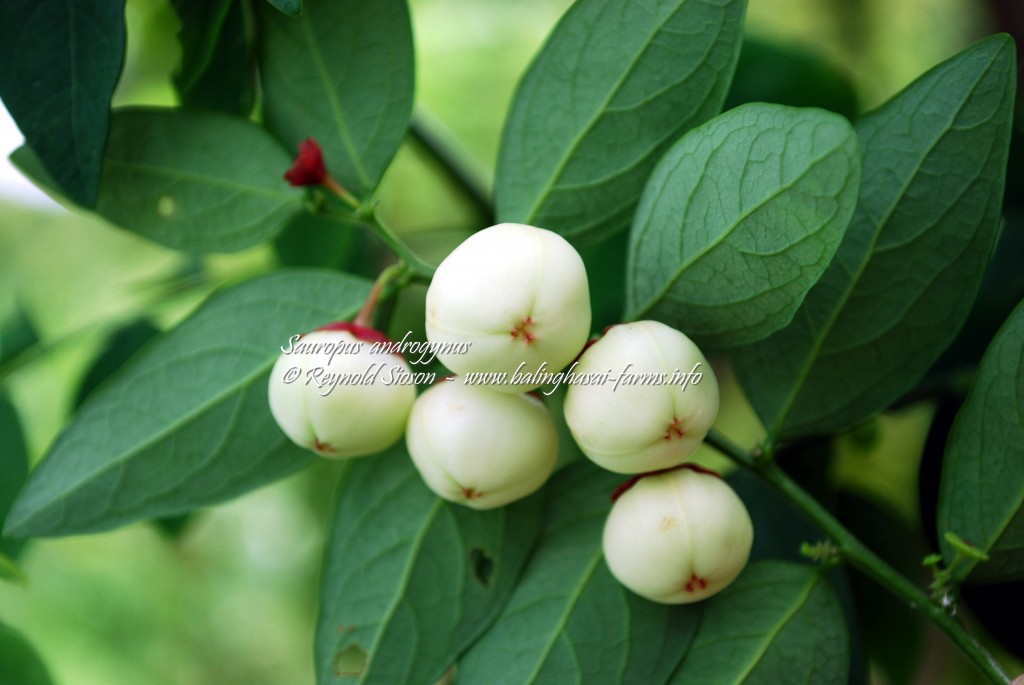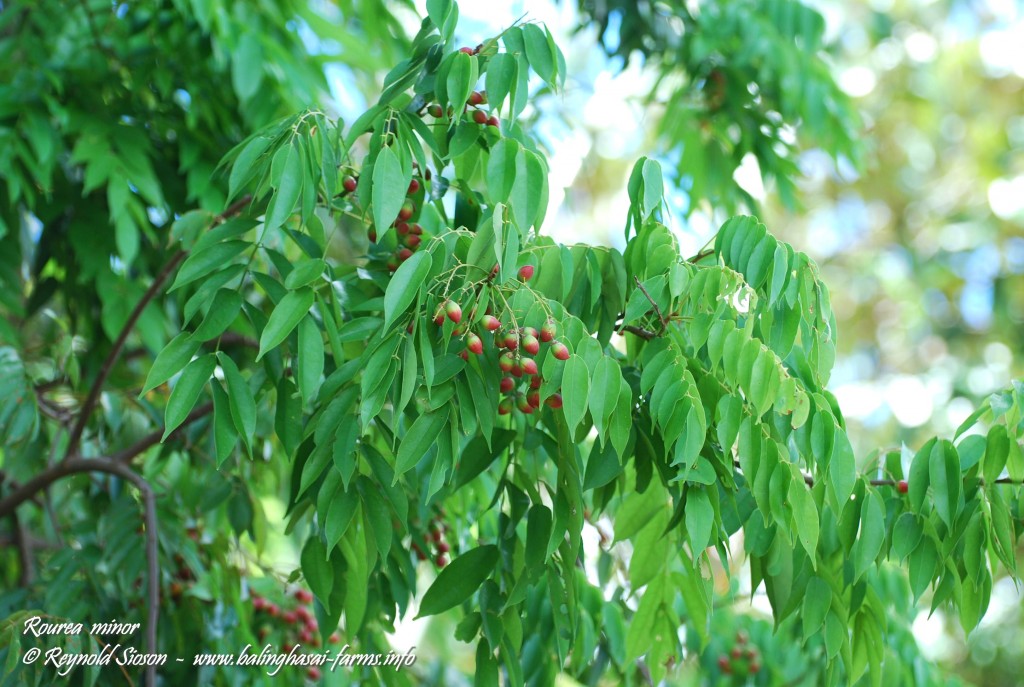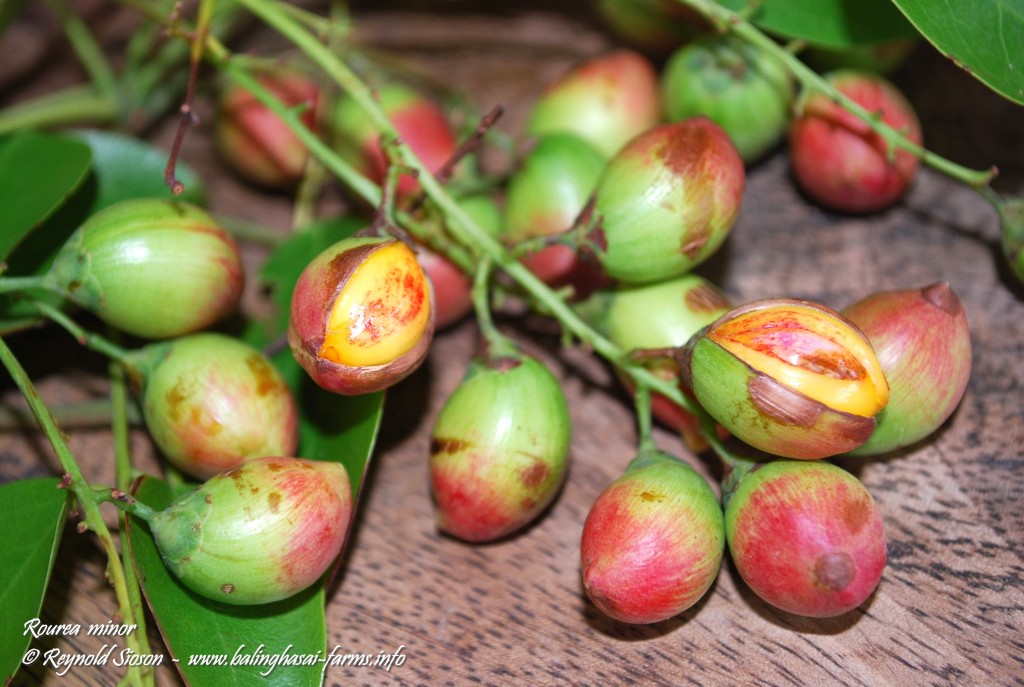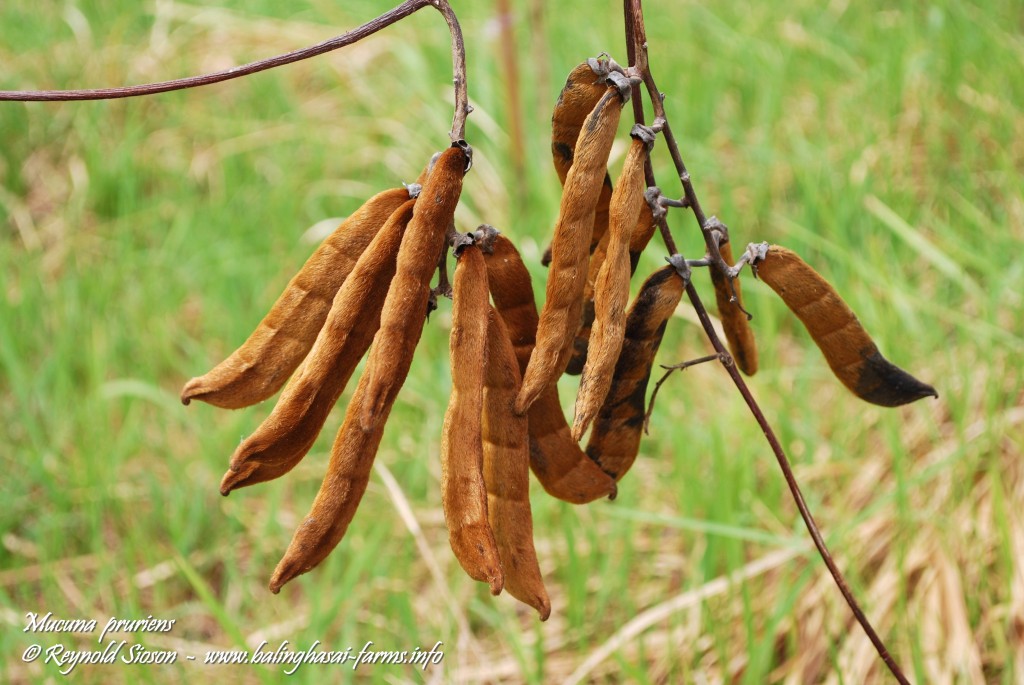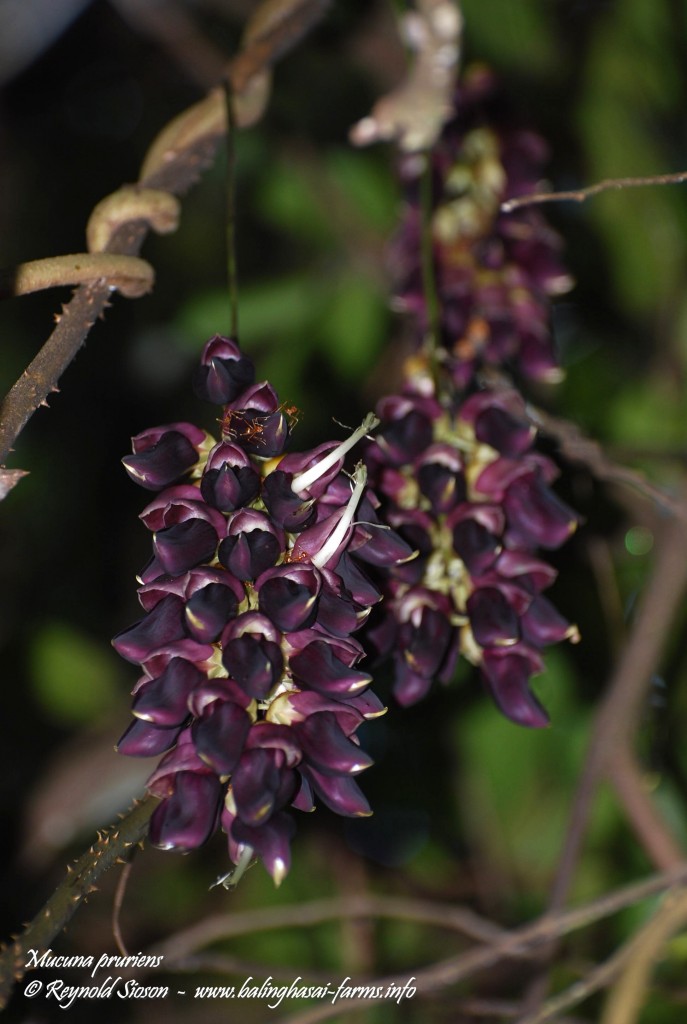Back when I was still doing the Indi-journal online, I received a lot of emails and site comments regarding the post I made on Susung-kalabaw (Uvaria rufa). It was probably the most viewed post there and the one which received the most legit comments. A lot of the readers testified that this was a wild fruit that they have last seen and eaten decades ago when they were “younger” and it made them recall childhood; some say they can still remember that strangely-tart-a-little-sweet taste of this seedy, curious-looking fruit that they just pick from shrubs growing by the roadsides while walking to school.
Just last year, we’ve been visited by high school science students from Manila to gather Uvaria rufa leaf and fruit samples for a project. They were very courteous, hard-working kids that have gone all the way here, to what is possibly the remotest place they’ve been, to get those good marks at school; kudos to them! I have never heard about the result of their effort but I hope that the conservation work we do here in Balinghasai farms helped them in a way.
Specimen : Wild
Habitats : Dry grasslands, creek bank thickets, roadsides
Local names : Susung-kalabaw, Alagat, Hilagak
Botanical name : Uvaria rufa
Family : Annonaceae
Traits : Drought-tolerant; Evergreen; Shade tolerant; Scandent shrub or woody climber
Height : 4-6 meters
Fruiting season : May to August
Used for : Fruits are edible; Rattan substitute in making furnitures and handicrafts; Firewood
Recommendations : Backyards; Fruit collector’s; Hedging; Home gardens; Ornamental; Pioneer species for reforestation purpose; Urban greening; Wildcrafting
Native range : India, Southern China, Southeast Asia (including the Philippines), New Guinea and Australia
National conservation status : Not threatened in the Philippines
Threat : Conversion of woodlands to agricultural, commercial or residential plots
Further readings :
Australian Tropical Rainforest Plants - Uvaria rufa http://keys.trin.org.au/key-server/data/0e0f0504-0103-430d-8004-060d07080d04/media/Html/taxon/Uvaria_rufa.htm
Flora of China - Uvaria rufa http://www.efloras.org/florataxon.aspx?flora_id=2&taxon_id=200008602
(2142)
